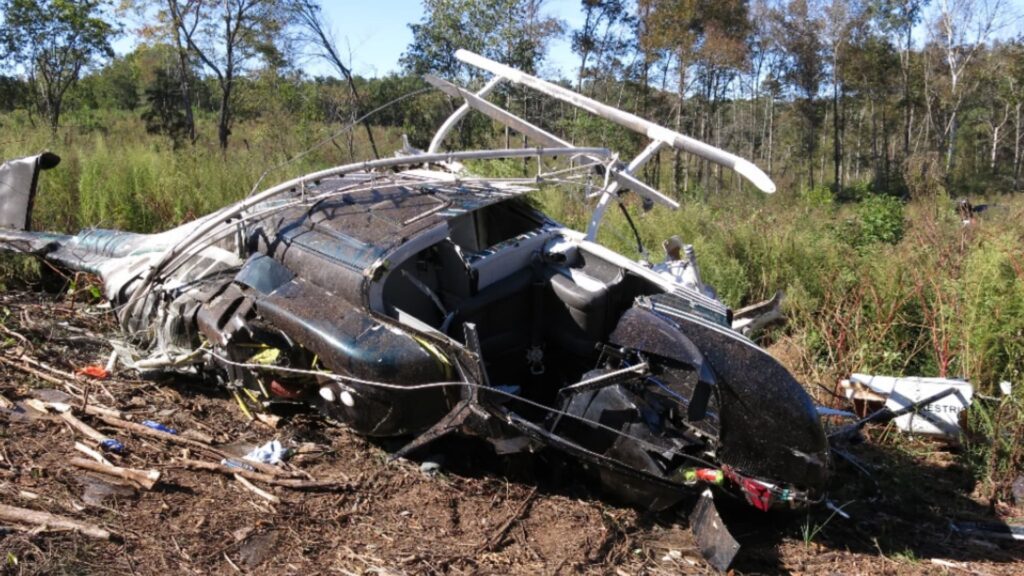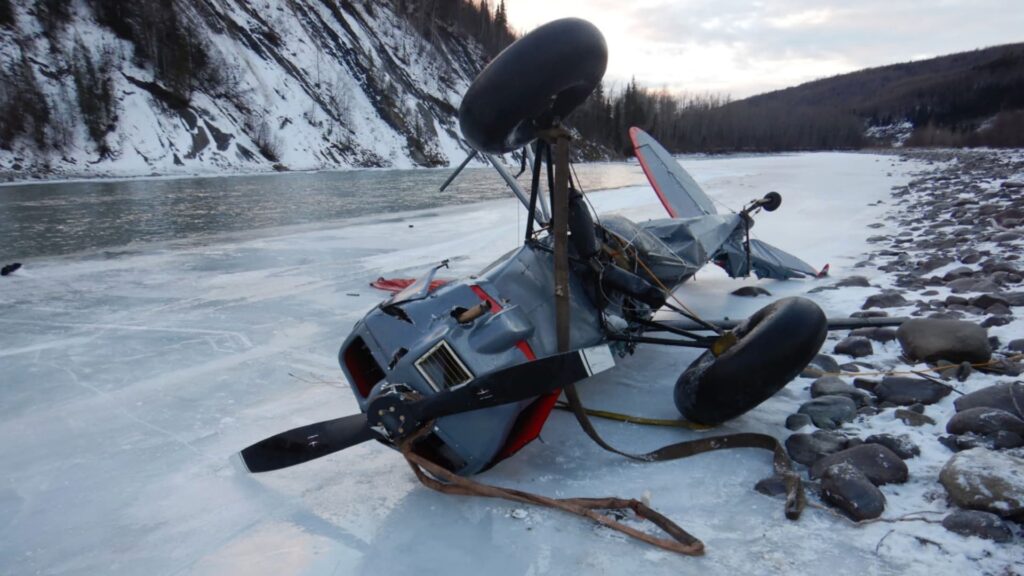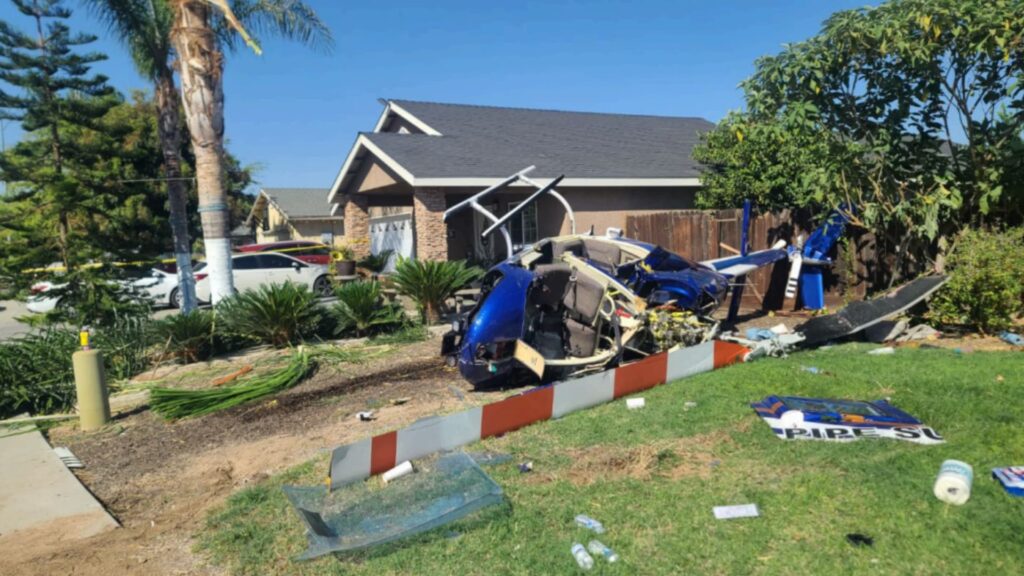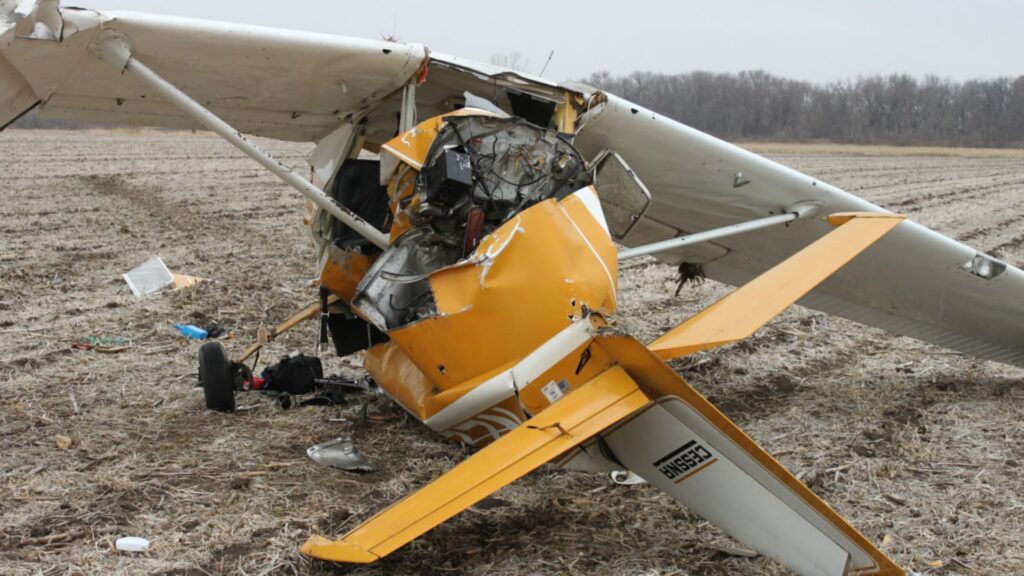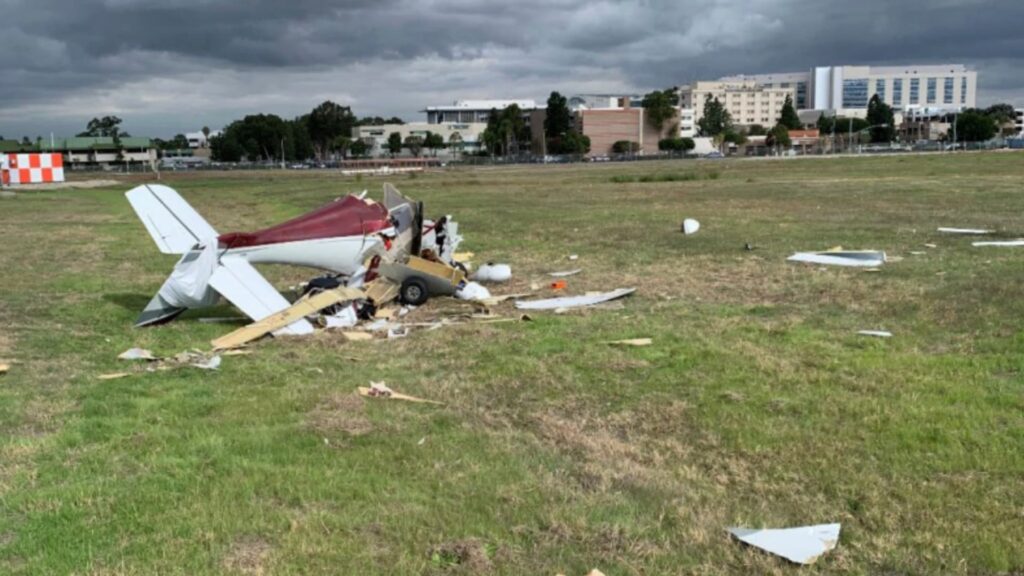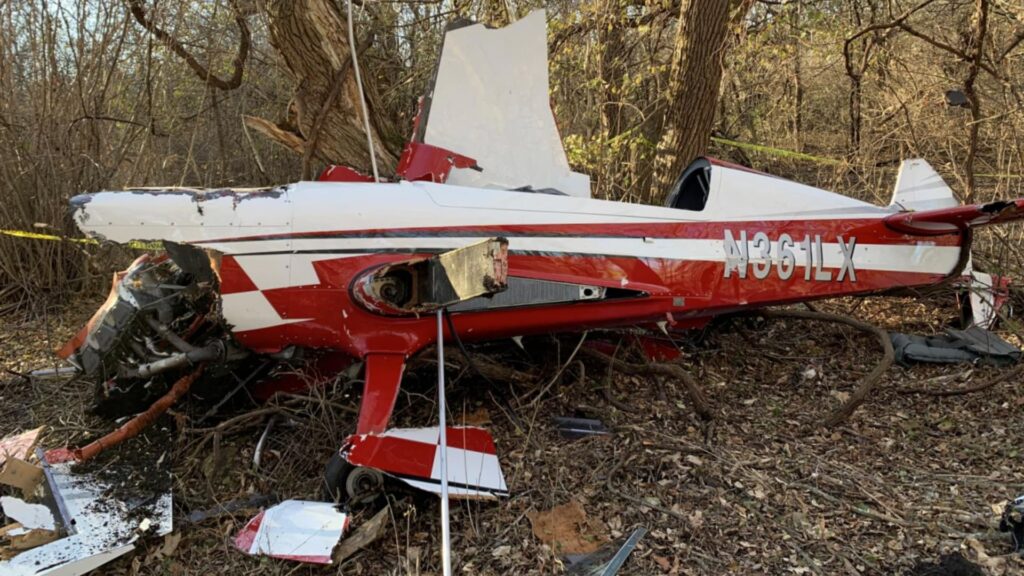Setting the Scene
This accident took place on the afternoon of October 17, 2019, near New Salem, North Carolina. A Bell 206B, registration N167AG, was out doing what thousands of ag helicopters did every season: local aerial application under Part 137. Weather was good—visual conditions, clear skies, light wind out of the northwest, and plenty of daylight left. There was nothing in the environment that screamed “high risk,” and that is part of what made this one so sobering.
The Pilot Behind the Controls
The pilot was not new, not inexperienced, and not unfamiliar with the machine. He held a commercial pilot certificate with a helicopter rating and was also a helicopter flight instructor. He had about 5,670 hours of total flight time, with an extraordinary 5,427 hours in this exact make and model of helicopter. He flew for a living, his second-class medical was current, and he had completed his last flight review the year before. This was a highly experienced ag pilot, flying his everyday platform, on a mission he had done many times.
The Mission and the Day’s Workload
The day started around 0745 at the operator’s base, where the pilot performed a preflight on the Bell 206B. From there, the team spent the morning and early afternoon moving from field to field. By the time they arrived at the field where the accident happened, they had already completed 21 spray loads at other locations. This was not unusual for an ag operation, but it did mean the pilot had several hours of low-level, high-workload flying behind him before he ever got to this particular field.
The ground support truck moved ahead and set up near the northwest corner of the spray field. That truck would act as the mobile base—fuel, chemicals, and in this case, a landing platform for the helicopter.
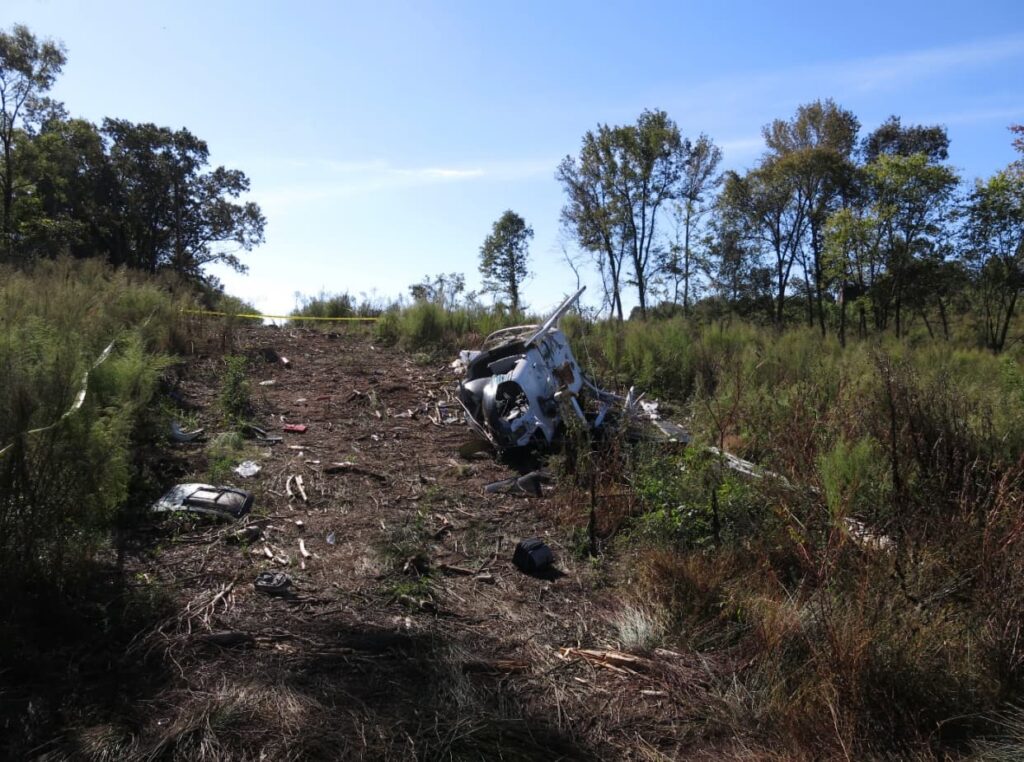
Field Setup and Wire Environment
The field itself had powerlines running generally south to north along one side. According to the investigation, the helicopter would later hit a wire span between two poles labeled “1” and “2” in the overhead imagery. On the satellite-style image in the report (page 4), you can see the spray field, the dirt road, the approximate flight path, and the powerline poles lining the edge of the area. It was a classic ag environment: workable, but with wires that needed to be clearly identified and mentally “fenced off” before flying the pattern.
The operator later acknowledged that more thorough reconnaissance of the field and better communication about ground hazards would likely have prevented the accident. That becomes a central theme here.
The Final Departure
When N167AG arrived at the new field, the pilot approached from the north, overflew the field to be sprayed, and crossed the powerline before landing on the support truck to refill the chemical tank. From the witness perspective, nothing looked out of the ordinary.
After the refill, the lead ground crewman used hand signals to dispatch the helicopter. The lift-off looked normal. The Bell 206B departed north, then began a left turn to a southerly heading, tracking along the west side of the field. This sort of reposition maneuver at low level is standard in ag work—tight to the field, low altitude, and a lot of attention focused on where the first spray run will start.
Seconds later, the ground crewman heard a sharp “pop.” He immediately associated the sound with a powerline wire breaking. When he turned to look, he saw the helicopter already in descent, traveling only about 30 yards more before it impacted the field.
Wire Strike and Impact
Investigators later determined that the helicopter had been on a north-northwest heading when it contacted the powerline between poles 1 and 2. The wire damage and the wreckage track on the figure in the report make that geometry pretty clear.
The helicopter came to rest on its right side, nose low, on a heading of about 351 degrees. All major components were together with the main wreckage, except for a large section of one main rotor blade and a piece of the vertical stabilizer. The rotor blade section was found 123 feet southwest of the main wreckage, while the vertical stabilizer fragment was found nearly 200 feet away, beneath the wire path—strong physical clues that the aircraft hit the wire in flight before breaking up on the way down.
A section of powerline wire ran from the nose over the top of the cockpit area and was wrapped multiple times around both the main rotor mast and the tail rotor hub. That entanglement left no doubt: this was a direct wire strike, not a ground contact followed by a secondary snag.
A post-crash fire occurred on the ground, and the pilot did not survive the impact.
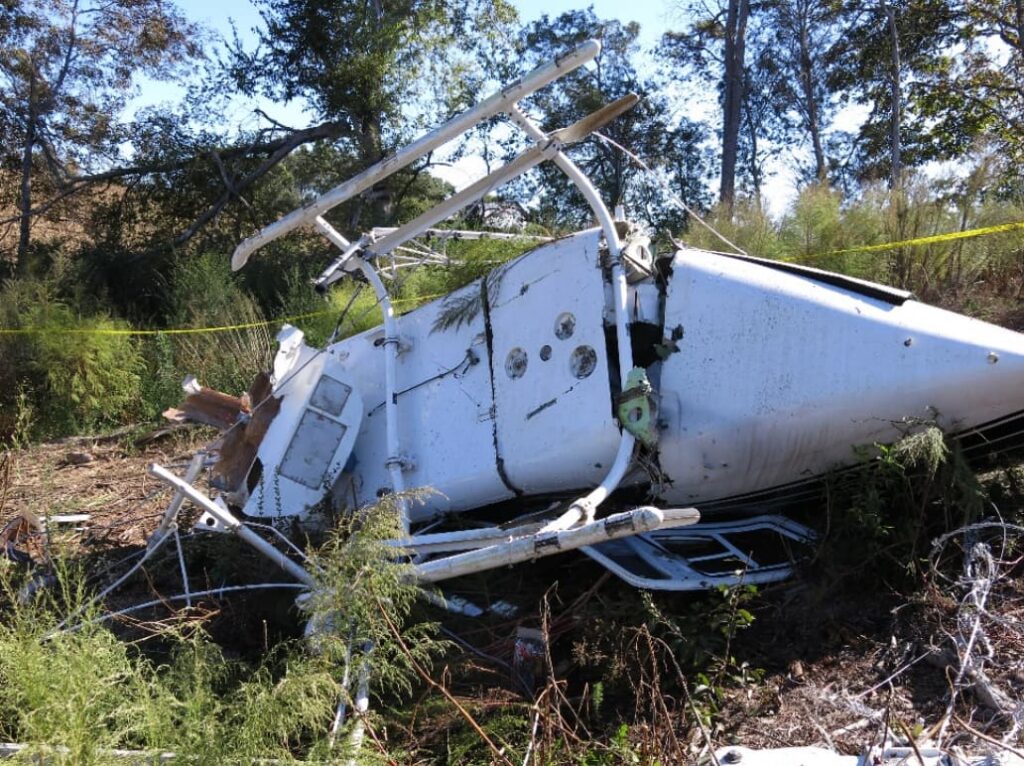
Mechanical Condition and Data
From a mechanical standpoint, the Bell 206B was in good shape. It had undergone a 100-hour inspection just 13 days earlier, and only about 62 hours had been flown since then. Investigators found continuity in the flight controls from the pilot’s controls through the hydraulic servos to the rotor systems, with fractures consistent with overload from impact rather than pre-existing failures. The engine and gearbox showed damage consistent with rotation at impact—no evidence of a power loss or drive failure before the wire strike.
The helicopter carried an AGNAV GUIA Platinum GPS system used for recording spray operations. Interestingly, it only captured a portion of the accident flight. The data stopped about 35–40 seconds before the wire impact, so investigators could not replay the final low-level maneuver. That gap reminded everyone that even with modern tools on board, we do not always get a complete picture of the last seconds of flight.
Human Factors: Seeing and Not Seeing Wires
The NTSB’s probable cause was straightforward: the pilot’s inadequate visual lookout, resulting in impact with a powerline. The environment factor they flagged was “wire – awareness of condition.”
That might sound a little blunt, especially when we remember this was a 5,400-hour Bell 206 ag pilot who had crossed that same wire minutes earlier to land on the truck. But that is the uncomfortable reality of wire strikes—they often involve very experienced pilots who simply do not see, or do not re-see, a known hazard during a dynamic low-level maneuver.
Ag flying creates a perfect storm for this kind of oversight:
- Very low altitudes
- Constant turns and repositioning
- High cockpit workload (chemicals, GPS, switches, radios)
- Time and productivity pressure
On top of that, there is the mental trap of familiarity. Once we have seen a wire once and successfully flown around it, it is easy to mentally “check the box” instead of continuously guarding against it every time we change heading or altitude in that same field.
The operator’s own comments in the report pointed the finger back at pre-mission setup. They stated that the incident could have been prevented with more thorough field reconnaissance and more eyes on the site before the helicopter ever arrived, and that better information about ground conditions should have been relayed to the pilot. That is an important piece: this was not only about what the pilot did in the last 10 seconds but about how the entire operation managed wire risk from the beginning.

Lessons for the Rest of Us
There are a few practical takeaways here, especially for anyone who flies low—ag, utility, sightseeing, or even just backcountry ops near rural powerlines:
- Wire recon is not optional. Do a deliberate hazard survey of every new field or low-level route. Map the lines, note pole locations, and brief them like you would obstacles on an instrument approach.
- Re-brief wires even if you already crossed them once. Just because you saw the line during arrival does not mean it is “handled.” Each departure, turn, and spray run needs a quick mental cross-check of where the wires are relative to your planned path.
- Use your crew and ground team. The operator was right—more eyes help. Ground crews can point out wire spans, mark them on tablets or paper maps, and recon from multiple angles before the helicopter ever gets low.
- Watch cumulative workload. By the time this pilot got to the accident field, he had already flown 21 loads. Fatigue in ag flying does not always look like yawning; it looks like a slightly narrower scan and a slightly higher chance of missing something you “know” is there.
- Don’t let good weather lull you. Clear skies and great visibility can actually tempt us into flying tighter, faster, and lower because everything “looks fine.” Wires are still nearly invisible, even on bluebird days.
This accident did not come down to a complex mechanical failure or a tricky weather setup. It was a highly experienced pilot, in a well-maintained helicopter, on a familiar type of mission, who simply ended up on a collision course with a wire he did not avoid in time. That is exactly why it is worth studying—because it could happen to any of us if we let our guard down around obstacles that are unforgiving and hard to see.

